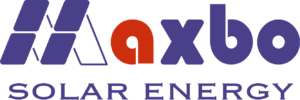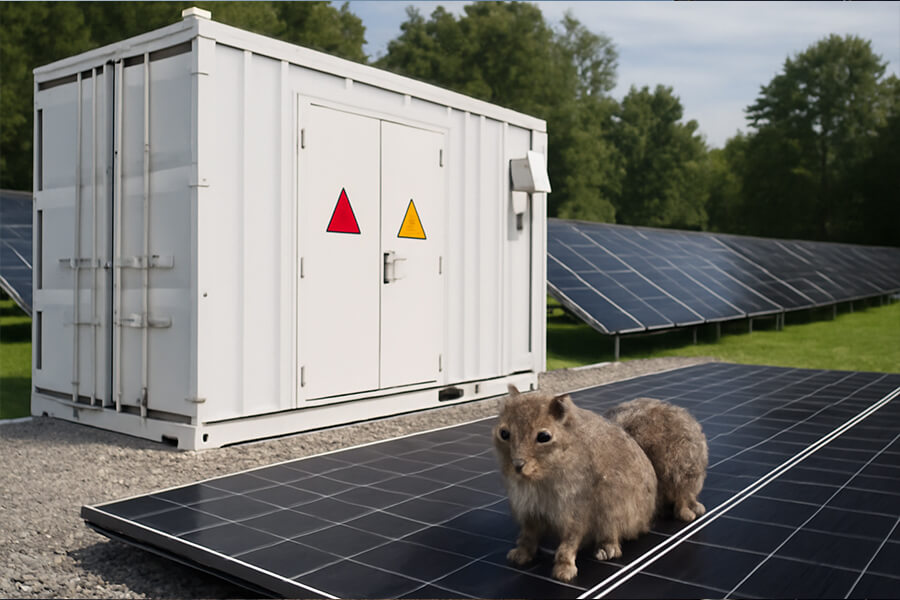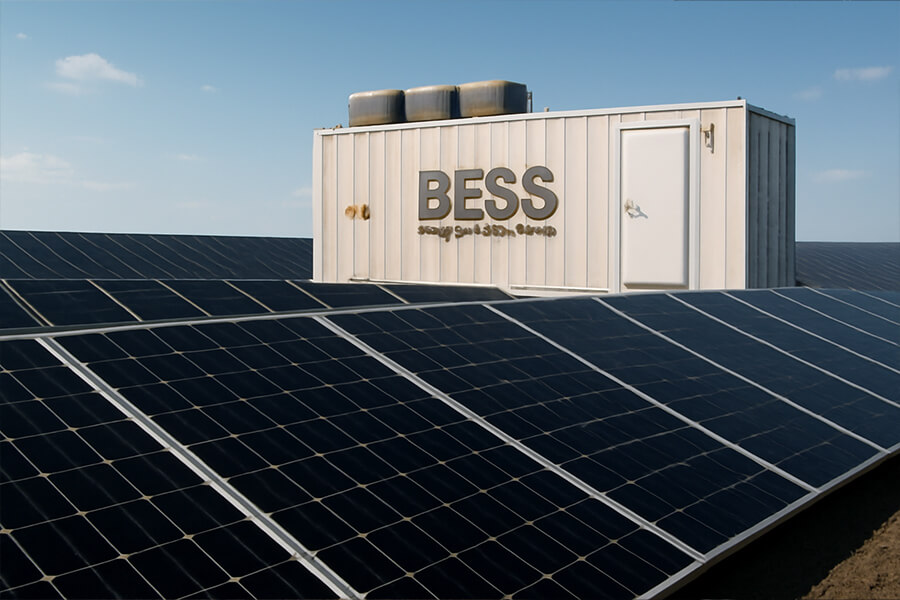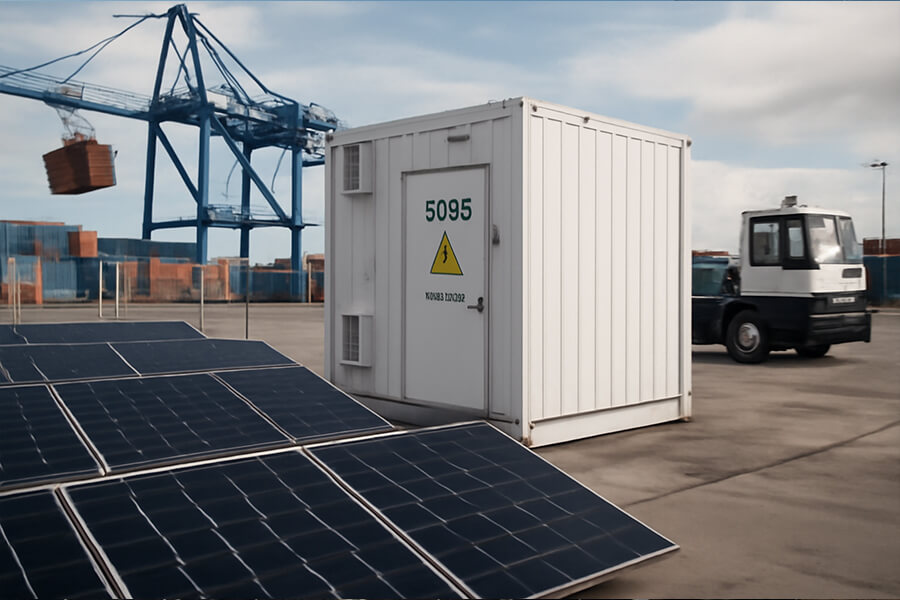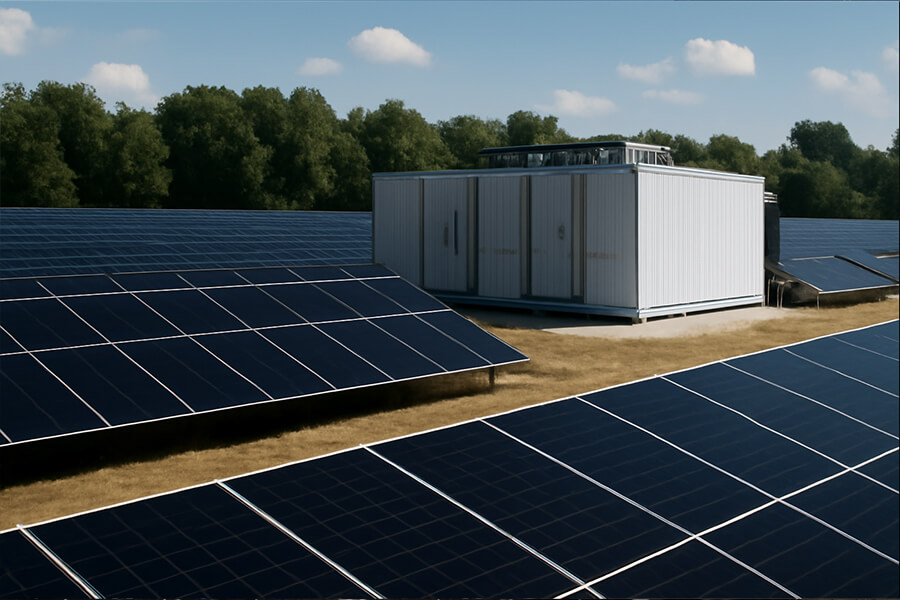Introduction of home solar systems residential
Home solar systems, also known as residential solar systems, have gained immense popularity in recent years as a sustainable and cost-effective way to generate electricity. These systems harness the power of the sun to produce clean energy for homes. In this article, we will delve into the intricate workings of home solar systems, explaining how they collect and utilize solar energy to provide electricity for residential use.
The Basic Components of home solar systems residential
Home solar systems consist of several key components of home solar systems residential:
Solar Panels: The heart of any home solar system is the solar panels, typically mounted on rooftops. These panels are made up of photovoltaic cells that can capture sunlight and convert it into electricity.
Inverter: The electricity generated by the solar panels is in direct current (DC), but most household appliances use alternating current (AC). An inverter converts the DC electricity from the panels into usable AC electricity.
Racking and Mounting: Solar panels are securely attached to the racking and mounting system, ensuring they are properly positioned to receive maximum sunlight throughout the day.
Monitoring System: Many modern home solar systems come with monitoring systems that allow homeowners to track the system’s performance and energy production.
The Working Principle of home solar systems residential
Solar Energy Capture: Home solar systems capture energy from the sun through the solar panels. Each panel is covered with solar cells that contain semiconductor materials, such as silicon. When sunlight strikes these cells, it excites electrons, generating an electric current. This phenomenon is known as the photovoltaic effect.
Conversion to Electricity: The electricity generated by the solar panels is in DC form. This DC electricity is then sent to the inverter, where it is converted into AC electricity. This transformation is essential because most household appliances and the electrical grid use AC power.
Consumption and Grid Interaction: The AC electricity produced by the inverter can be utilized to power the home’s electrical devices and appliances. Any excess electricity can either be stored in a battery for later use or fed back into the electrical grid, depending on the system’s configuration.
Net Metering: In many residential solar systems, a net meter is installed. This meter measures the electricity produced by the solar system and the electricity consumed from the grid. During periods of excess solar production, the meter spins backward, effectively giving homeowners credit for the surplus energy sent to the grid. This credit can be used during periods when the solar panels aren’t producing enough energy, such as at night.
Battery Storage (Optional): Some homeowners opt to include battery storage systems in their home solar setups. These batteries store excess electricity generated during the day for use during the night or on cloudy days, providing greater energy independence.
Benefits of Home Solar Systems of home solar systems residential
Home solar systems offer several advantages of home solar systems residential:
Renewable and Sustainable: Solar energy is a clean, renewable resource, reducing a household’s reliance on fossil fuels and lowering its carbon footprint.
Cost Savings: Homeowners can save money on electricity bills as solar panels generate free electricity from the sun. Additionally, some governments offer incentives and tax benefits to further reduce the cost of installing solar systems.
Energy Independence: Home solar systems provide greater control over energy production and consumption, reducing dependency on external energy sources.
Environmental Benefits: Reduced carbon emissions and decreased strain on the electrical grid contribute to a healthier environment.
Conclusion of home solar systems residential
Home solar systems, or residential solar systems, are a vital and sustainable solution for homeowners seeking to generate their own electricity while reducing their impact on the environment. By understanding the fundamental workings of these systems, homeowners can make informed decisions about harnessing the power of the sun to meet their energy needs. The benefits of home solar systems, including cost savings, energy independence, and environmental advantages, make them a compelling choice for residential power generation.
If you want to customize your own photovoltaic solution today, please contact us.
